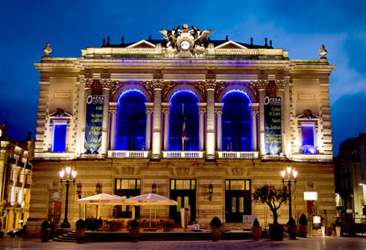Orateur
Dr
Emmanuel Rollinde
Description
Observations of 6Li in Pop~II stars of the galactic halo
have shown in some cases a surprisingly high abundance of this isotope, about a thousand times higher than its predicted primordial value. Using a cosmological
model for the cosmic ray-induced production of this isotope in the IGM
allows us to explain the observed abundance at low metallicity.
Given this constraint on the 6Li, we also calculate
the non-thermal evolution with redshift of D, Be, and B in
the IGM. In addition to cosmological cosmic ray interactions
in the IGM, we include additional processes driven by SN explosions:
neutrino spallation and a low energy
component in the structures ejected by outflows to the IGM.
We take into account CNO CRs impinging on the intergalactic gas.
Although subdominant in the galactic disk, this process is shown
to produce the bulk of Be and B in the IGM, due to the differential
metal enrichment between structures (where CRs originate) and the IGM.
We also consider the resulting extragalactic gamma-ray background
which we find to be well below existing data.
The computation is performed in
the framework of hierarchical structure formation considering several
star formation histories including Pop~III stars.
We find that D production is negligible and that a potentially detectable Be and B plateau is produced by these processes
at the time of the formation of the Galaxy (z~3).

